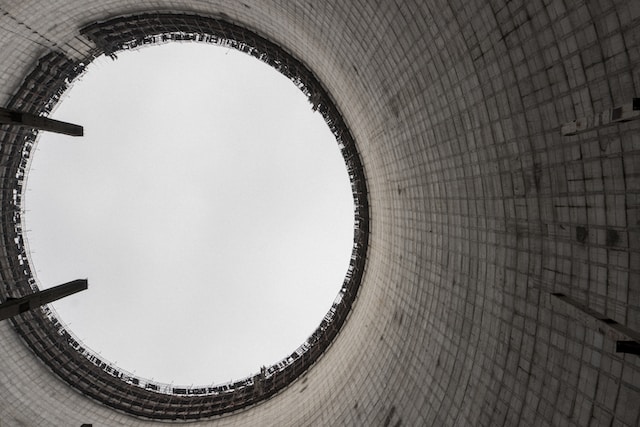Poetry of Chernobyl
Poems is a choose your own path game where you can follow connections between the imagery of poems about Chernobyl. The project hopes you will see how similar ideas or words have propagated in the poetry about Chernobyl, but can take on meanings far different from one another. As I made the project, I thought about how certain poems informed one another.
This project uses a build-your-own-story interface called Texture to examine thematic lines in Ukrainian poetry that has been inspired by the Chernobyl disaster. Through this project, I hope for you to think about and recognize how prevalent themes in the Chernobyl poetry can take on meanings that show both similarity and difference in the poetic Chernobyl interpretation.
This project presents the similar versions of related words in each poem in a black and white context. Here are the x amount of times that the word “May” comes up in poems we read and all of its contexts. We read a number of poems for class and I supplemented the project with more excerpts that I found on my own.
Each poem is divided into excerpts and connected via its words. I think what you will find is that words, even when they evoke the same literal image, wind up meaning very different things. There are a couple of essays pointing to the prevalence of certain themes in Ukrainian poetry and literature in response to Chernobyl. “Expressions of fear of immanent death and long range effects from radiation are becoming more blunt in the more recent poems on Chornobyl,” (Onyschkevych, 284).
This project hopes to show the wave-like oscillation of words, at once connecting poetry and Chernobyl by addressing the same concept (ex, the “accident” or radiation poisoning) and pushing the two apart by showing a variety of different nuances to that meaning.
The experience of whizzing around from poem to poem highlights the vocabulary of these poems and the nuances that can take root in these words.
P.S. There is one dead-end so to speak. Let’s see if you can find it, and what its meaning might be ;)
Bibliography
- Bilotserkivets, Natalka. "May." Trans. Virlana Tkacz and Wanda Phipps. Agni 34 (1991): 51-54
- Drach, Ivan. Chernobyl poems. Shifting Borders: East European Poetries of the Eighties. Cranbury, NJ: Fairleigh Dickinson University Press,
- 1993.
- Kostenko, Lina. Chernobyl poems. Shifting Borders: East European Poetries of the Eighties. Cranbury, NJ: Fairleigh Dickinson University
- Press, 1993.
- Kostenko, Lina. "On the banks of the Prypiat a devil is sleeping," Words Without Borders. trans. by Uilleam Blacker, 2016.
- Onyshkevych, Larissa M. L. Zaleska. "Echoes of Chornobyl in Soviet Ukrainian Literature." Agni, no. 29/30, 1990, pp. 279--291. JSTOR, www.jstor.org/stable/23008741. Accessed 8 May 2020.
- Pakhliovska, Oksana. Shifting Borders: East European Poetries of the Eighties. Cranbury, NJ: Fairleigh Dickinson University Press, 1993.
- Rubchak, Bohdan. "Because We Have No Time: Recent Ukrainian Poetry." Agni, no. 33, 1991, pp. 278--304. JSTOR, www.jstor.org/stable/23008645. Accessed 8 May 2020.
- Sirota, Liubov. "Chernobyl poems".
Lucas
RUSS043 Chernobyl: Nuclear Naratives and the Environment, Swarthmore College, Spring 2020

